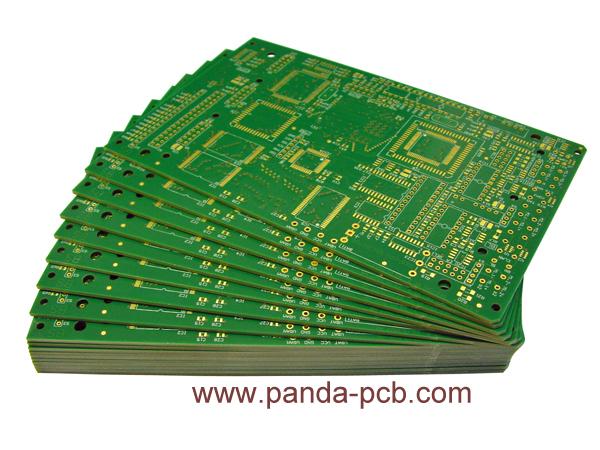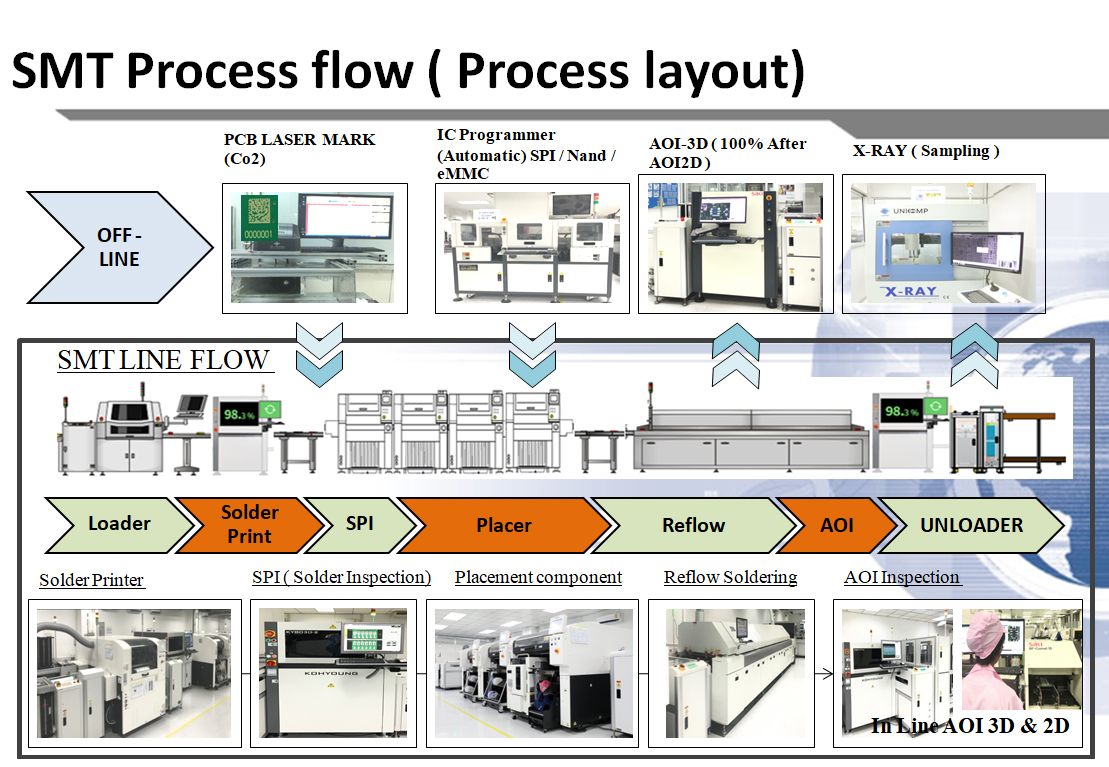

PCBCart brings the same care and expertise to our halogen-free printed circuit boards as we do to all of our PCB products. Our PCB experts will be more than happy to talk to you about the differences between halogen-free PCBs and other printed circuit boards, as well as how those differences may or may not affect your specific product.Īlthough all companies can make use of halogen-free PCBs, they appear most often in companies made a forward commitment to being better to the environment, reducing their carbon footprint and being responsible about the toxins they emit into the atmosphere as a result of their production processes. If you're concerned about how halogen-free boards will work with your specific application but would still like to try them, feel free to give us a call to discuss the issue. While there is some variance in the specifications of halogen-free PCBs compared to PCBs which contain chemicals like chlorine and bromine, these boards are entirely effective and suitable for most applications. What types of industries and applications are halogen-free PCBs typically used in? Halogen-free PCBs can be used in any industry or application where you would use electronic PCB boards, from consumer electronics to industrial automation and everything in between. The significant benefit of halogen-free boards is that they do not pose the same threat to the environment, which can be great for environmentally-conscious companies and environmentally-conscious consumers who patronize those companies. In fact, the EPA has confirmed inhaling dioxin is even small doses will almost invariably lead to cancer and ultimately death. In fact, the incineration of halogen-based components can produce dioxin, which the EPA defines as one of the most toxic chemicals known to man. When a PCB is eventually disposed of, the disposal process can potentially release these elements into the environment, polluting the atmosphere.

While PCBs containing halogen gases are generally safe, these elements are toxic and can cause reactions from blurred vision and nausea to difficulty breathing and a burning sensation in the eyes, nose and throat.

It is a way to describe a class of elemental gases, including fluorine, chlorine, bromine, iodine and astatine. What are the benefits of using halogen-free PCBs? First, it's important to understand that halogen is not a material in itself.


 0 kommentar(er)
0 kommentar(er)
